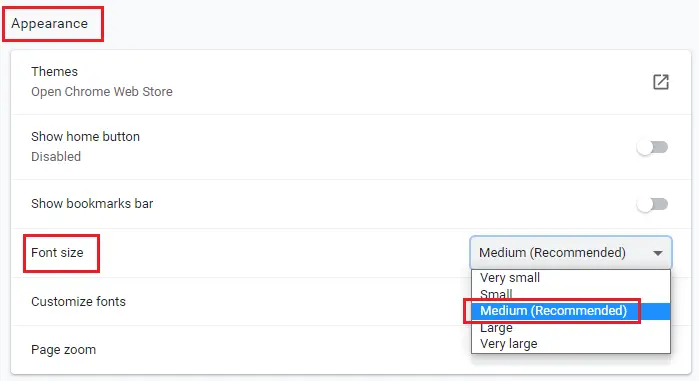


The browser settings on this page should work when websites and browsers meet accessibility guidelines and are designed for accessibility, flexibility, and user control. More Information Why doesn’t this work with some other websites? For example, the Stylus extension is available for several major browsers. While most browsers no long support user style sheets, extensions provide similar advanced user control. There are many browser extensions and add-ons that provide additional control over how the browser displays text and other content. Microsoft Edge - Change font style and size for Reading view in Microsoft Edge.Mozilla Firefox - Reader View for clutter-free web pages.Apple Safari - Hide ads when reading articles.Some browsers let you set the text font, text size, text color, background color, and line spacing in Reader View. Most browsers offer a “Reader View” or “Reading View” that shows just the main content it gets rid of navigation, ads, etc. Other text and color settings are available in Reader View. Microsoft Internet Explorer - Ease of Access Options.Mozilla Firefox - Change the fonts and colors websites use.Some browsers provide functionality to set different aspects of font and color in the default view.

Microsoft Edge - Ease of Access in Microsoft Edge.Internet Explorer - Ease of access options.Google Chrome - Change text, image, and video sizes (zoom).To change the zoom in most browsers, press the following two keys at the same time:īrowsers provide specific guidance on different ways to change the page zoom or text-only zoom: Some browsers let you choose to zoom only the text size. Most web browsers let you increase and decrease the size of text, images, and other web page content with "zoom" features. Should websites provide a widget to change text, color, etc.Should all websites include instructions like this?.

Why doesn’t this work with some other websites?.


 0 kommentar(er)
0 kommentar(er)
